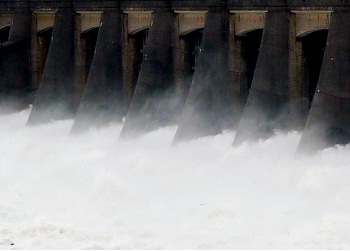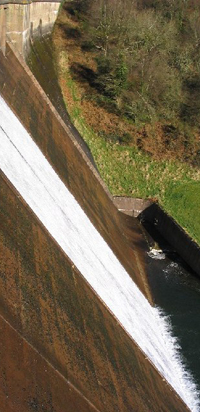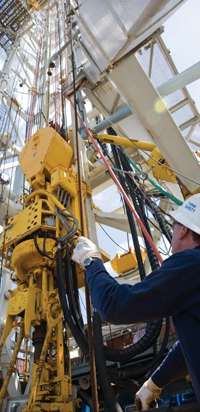
 Dams are being decommissioned throughout the Northwestern United States, but in Eastern Canada a major new hydroelectric project is gaining support.
Dams are being decommissioned throughout the Northwestern United States, but in Eastern Canada a major new hydroelectric project is gaining support.
Along the Lower Churchill River in remote Labrador, Canada, the Innu Nation has signed off on a new hydroelectric project in exchange for reparations for past land losses and a cut of the future dams’ revenue. Meanwhile, small, fish-friendly hydropower is on the rise across the United States.
While the Innu Nation has approved the dams, which the developers say would produce 16.7 terawatt-hours of electricity per year and offset millions of tons of greenhouse gas emissions, the project still needs the government’s green light. Canadian environment ministers empowered to approve or reject the project will review an impact report that determined the project would significantly damage the environment. This has bolstered criticism from environmental groups and disappointed the company.
Seventh generation investment: The community’s decision to give up access to more of its land in exchange for economic security was part of the Innu's "seven generation plan," said Grand Chief Joseph Riche. "They knew by damming the river they would hurt the environment, but the decision they made when they said yes was because of their grandchildren, because of job security and other programs," he said. "You're being asked to let go of something in exchange for something your grandchildren will have."
Ohm, Canada! Keep watch for Canada's increasingly large role in both renewable and fossil fuel energy production (we've all heard about the tar sands). It's a resource-rich country and the way it manages its energy portfolio could have a significant effect on greenhouse gas emissions — for better or worse.
Read more
Not all Innu people are happy about the agreement. In fact, the chief's mother is a vocal opponent. Plus, most of the non-Innu Labradorians I spoke to had reservations. People don't live in Labrador by accident. They live in one of the most remote and isolated places in North America because they like it that way. The idea that their river is going to be altered to provide power to the big cities in the south is a bitter pill for them to swallow.
Unsettled: The Innu were a nomadic people until the 1950s and 60s, when dams elsewhere on the Churchill forced them to settle in their current town of Sheshatshiu, so the elders remember growing up in the bush. Some Innu believe the destruction of their native lands led to rampant alcoholism in the tribe and other societal problems.
Sacred ground: Looking at a map of Labrador, it's easy to wonder why, with so much undeveloped land, people are fighting over this little piece of it. Seeing it on the ground, though, you realize how much of it is inaccessible. Places like Muskrat Falls, the site of one of the proposed dams, are important to the people who live there, Innu and otherwise, and draw a steady stream of hikers and sightseers.
Read more
The federal government is actively pushing to inventory existing U.S. Bureau of Reclamation dams and irrigation canals for new sources of hydropower with minimal environmental impact, and offering subsidies for new technologies that enable small and fish-friendly hydro. Done right, new hydro development could save utilities from having to lean on coal plants or build new natural gas plants as the demand for energy grows and state renewable energy mandates ramp up. It could capitalize on the environmental damage that's already been done to create these facilities and avoid new damage from different kinds of energy development.
Balance of power: Since hydropower is consistent, it could be a source of base load power to balance out the variable energy coming from wind and solar farms. Hydropower facilities could also become a place to store renewable energy through pumped water storage.
Notable quote “We’ve built most of the large projects in the nation, so we’re really focusing on smaller hydropower, off-channel, canal drops and irrigation canals and conduits,” said U.S. Bureau of Reclamation’s Kerry McCalman. “Right now, hydropower is the largest renewable energy source in the United States. And there’s certainly more potential out there.”
| Tweet This Page |












